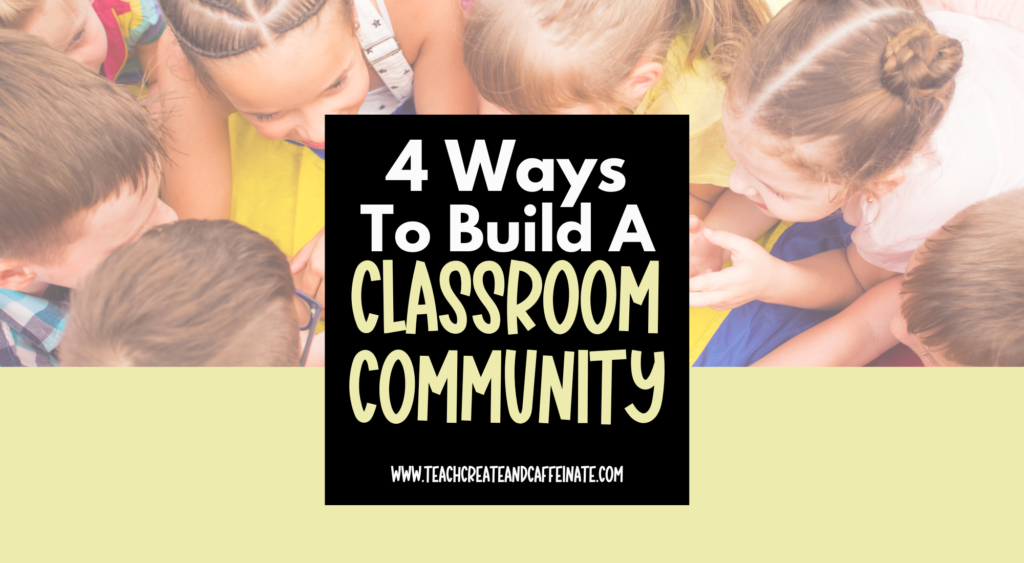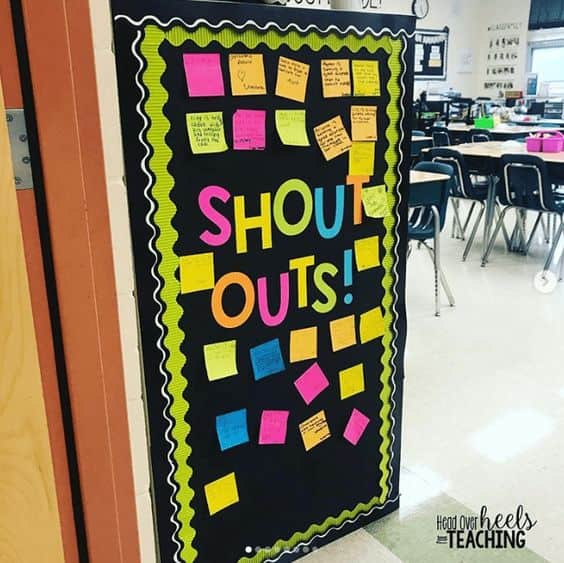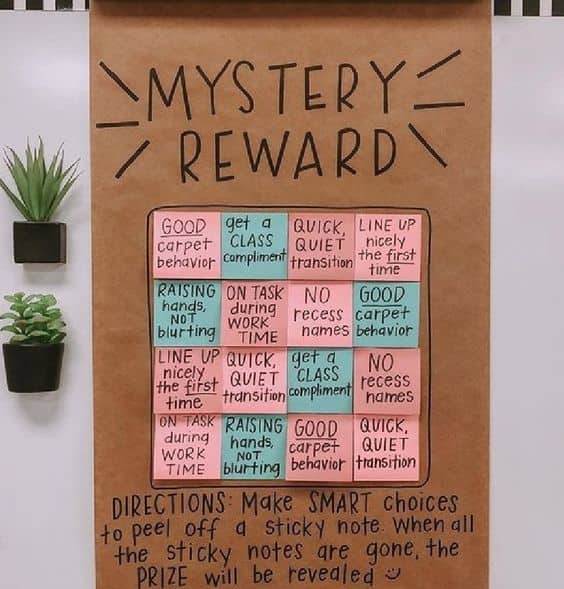4 Easy Ways to building a classroom community

Do you want all your students to participate and be active listeners? But, the truth be told, they will not listen to someone they do not know and respect. Here are easy and fun ways to build a classroom community. This post is all about ways to building a classroom community.
What is a classroom community?
A classroom community consists of a learning space composed of students who feel a sense of belonging or coming togetherness with a common goal of learning and growing.
The classroom provides a special and unique environment for children to experience peer relationships and to create their own community of learning. To provide students the feeling of being safe, empowered and valued is a strong classroom community.
Why Do You Need to Create a Classroom Community?
Imagine a classroom that provides a unique environment for children to experience peer relationships and create their own community of learning. Imagine a strong classroom community that students feel empowered and feel valued, ultimately thrive just from their experience in the classroom with peers. Imagine.
Let’s Break it Down.
Community is defined as: A group of people who live in the same area (such as a city, town, or neighborhood) A group of people who have the same interests, religion, race, etc.
The meaning of a “classroom” community is much more complex. It is a space composed of learners- who feel a sense of belonging- coming together with the common goal of learning. It is a critical piece in this environment that learners feel a sense of belonging. Ultimately, it will grow connections to peers and unify with their classmates.
How Can a Sense of Belonging Add Value?
The value you add to a your classroom as the teacher is crucial in creating a bonding between you and the students. Here are a few examples to keep in mind when understanding the value you bring to your classroom and students:
-You can bring a sense of belonging and empowerment.
-The belief that members of a community matter to one another.
-The sense of confidence that learners need to be successful and open to learning.
You can add value to your classroom and importance in helping students feel confident, and safe in their environment. A strong community helps nurture student ownership and accountability. By fostering a sense of community, students will feel empowered to take a greater role in their learning and confidently move through life with the skills they need to succeed.
The 4CC’s- How to Build a Strong Classroom Community
So, the next question then becomes, how do you do it? How do you increase your classroom community or bring ensure your students to believe they are valuable members of their community? While the answer to this question will depend on how you build a community to influence your learners success, here are eight out of many ways to get you started:
Morning Meetings with Social Emotional Focus of the Day:
First, you can look for opportunities to have intentional morning meetings as a whole class with a focus on social emotional activity. You might do this by:
-Start with greetings.
-Introduce a social emotional skill or topic
-Start a group discussion.
-Do an activity (or two).
-Reflect and discuss one more time.
The overall goal of morning meetings are to provide students with opportunities to check-in with their emotional state by labeling or naming feelings. In return learners will establish psychological safety and trust among students and caring adults.
Ownership:
Encouraging students to take ownership in the classroom will motivate learners to make the most of their education. Offering students the opportunity to enhance their skillset will create a sense of responsibility that will inspire students to reach their full potential and aspire for the careers they dream of having.
Here are some specific ways that you might encourage ownership in the classroom:
-Assign classroom roles/jobs for each term.
-A choice in classroom arrangement and input of spaces in the room display.
-Encourage group work and choose project leaders.
-Focus feedback by asking students to self-assess.
-Listen to the students voice.
-Allow opportunities to share criticism or praise to student and teacher.
Class Shout Outs:
Another valuable—but often overlooked—is a simple shout out. Use a space in the classroom to create a wall for shout outs. A visible space where students can write a simple and kind statement that highlights another peer. The combo is a perfect way to build student camaraderie throughout the year.
Class Mystery Awards the Students Work Together to Achieve:
Next up is awards. You can encourage learners to work together to achieve a class reward for positive behavior. Students can learn to come together and encourage each other to make good choices.


72 percent of children in the U.S. will have experienced at least one major stressful event by 18. What role- small or large- can educators have on their learning experiences?
Association for Children Mental Health (ACMH)
If you want to bring more value to your make a difference so that you have productive and motivated students , then you’ll want to ensure that your efforts don’t go unnoticed. Here are three tips to increase the visibility of your classroom community:
- Increased trust to take academic risks. When students basic needs, such as their sense of safety, are met, they are more likely to reach outside their comfort zone to take academic risks necessary to grow and learn. Whether it is volunteering to lead their group in an assigned project, taking a leap to challenge themselves in more rigorous tasks, or a more simple action of raising their hand to ask a question, students who feel a sense of safety in the classroom environment will be able to develop their skills and become more resilient.
- Decreased behavior issues. Teachers who promote a culture of a classroom community expose their students to lessons on positive values, respect, and responsibility. A classroom with rules, procedures, expectations, and consequences are explicit, and do not include punishment. From that, students are able to take an understanding of collaborating and fostering positive relationship with their peers.
- Invest in your students learning more than just a week. When we take the time to get to know our learners on a personal level, and are culturally responsive, we let them know that we are genially caring about them. First week of school activities that are getting know classmates and teachers, can be more than just that week. Each interaction with your students is an opportunity to know them on a deeper level and continue to grow their sense of belonging of trust and belonging every single day you are part of their lives.
Leaving a legacy of relationships, how powerful would it be if we were not afraid to take risks, who were not afraid to think and who had a champion? Every child deserves a person who believes and is their champion in it all. An adult who will never give up on them, who understands the power of connections, and insists that they become the best that they can possibly be.

🌟 Like this post? Pin it and save for later!
You might also like:
end of year ultimate checklist for teachers
It’s time to start preparing for the end of the school year! That means checklists…
How to encourage students before testing
Testing season is a stressful and overwhelming season at the end of the school year….
10 Free Earth Day Resources and activities
Here is a list of 10 free and fun Earth Day activities that will enjoy….
March classroom Ideas & Activities
It’s finally SPRING! I love Spring soooo so much! It is my favorite season of…
10 Amazon Classroom Must haves
Your classroom space is like a second home and you want to make as comfortable…
10 Free Valentine’s Classroom Activities
I don’t know about you, but I feel like February is the busiest month and…








Good post.
Thank you! I am glad you enjoying reading.